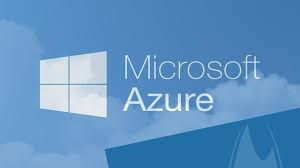Microsoft Announces Retirement of Several Azure Services by September 2025
- Lucas Johnson

- Apr 2, 2025
- 2 min read

In a major move aimed at optimizing its cloud ecosystem, Microsoft has announced the retirement of several Azure services by September 2025. This decision is part of the company’s ongoing efforts to enhance security, performance, and compliance across its cloud offerings. Organizations currently relying on these services must plan their migration strategies to avoid disruptions.
Additionally, starting in September 2025, all new Azure deployments will be required to route outbound internet traffic through security services such as Azure Firewall or Azure NAT Gateway. This change aims to enhance security and ensure compliance with evolving industry regulations.
Why Microsoft is Making These Changes
The retirement of these services aligns with Microsoft’s broader cloud strategy, focusing on:
Improved Security: Moving away from legacy services minimizes security vulnerabilities.
Enhanced Performance: Upgraded services provide better reliability and efficiency.
Regulatory Compliance: Ensuring that all Azure services meet modern security and privacy standards.
What Businesses Need to Do ?
Organizations utilizing these soon-to-be-retired services must take proactive steps to transition smoothly:
Assess Current Usage: Identify workloads and resources dependent on retiring services.
Plan Migration Strategies: Microsoft provides tools and documentation to assist with transitioning to recommended alternatives.
Test and Validate: Before decommissioning old services, businesses should thoroughly test new implementations.
Engage with Microsoft Support: Microsoft offers migration assistance through Azure Migration & Modernization Programs (AMMP).
While the retirement of these services may pose short-term challenges for some businesses, it represents a necessary step towards a more secure and efficient Azure ecosystem. Organizations that plan ahead and transition early will benefit from improved security, performance, and compliance.
For more details on these changes and guidance on migration, visit the official Microsoft Azure documentation or reach out to Microsoft’s support team.




Comments